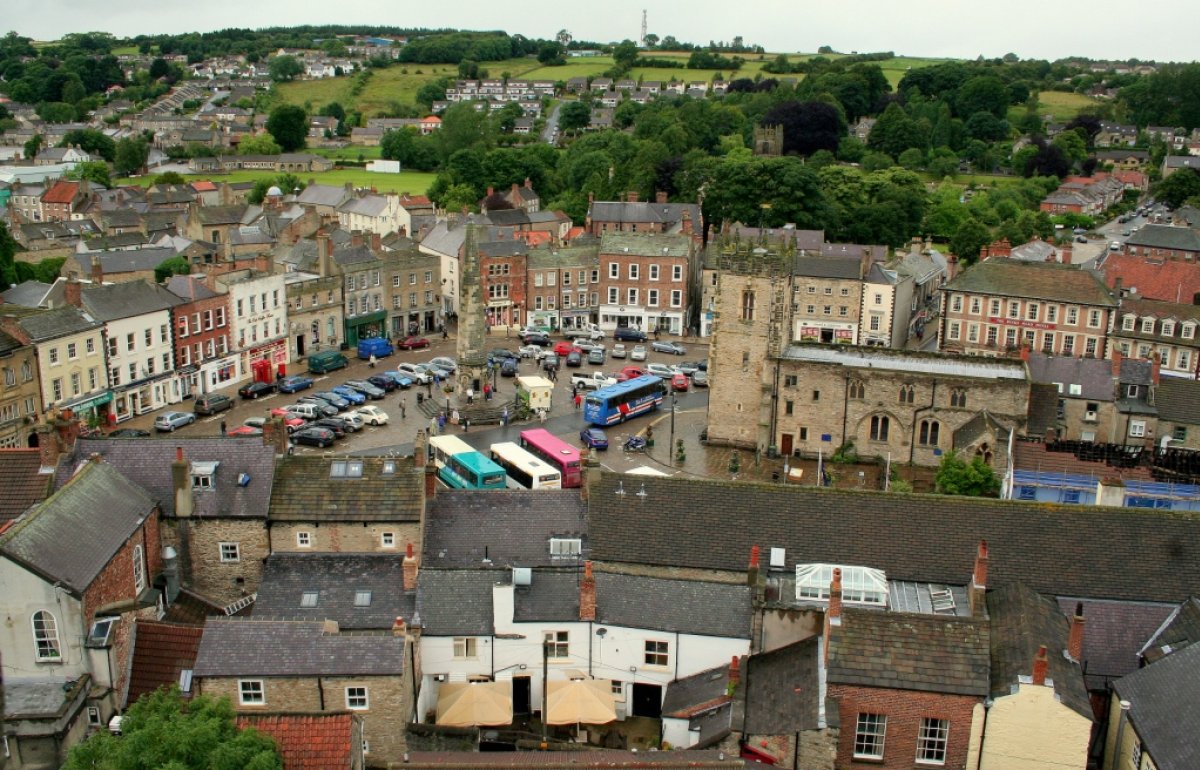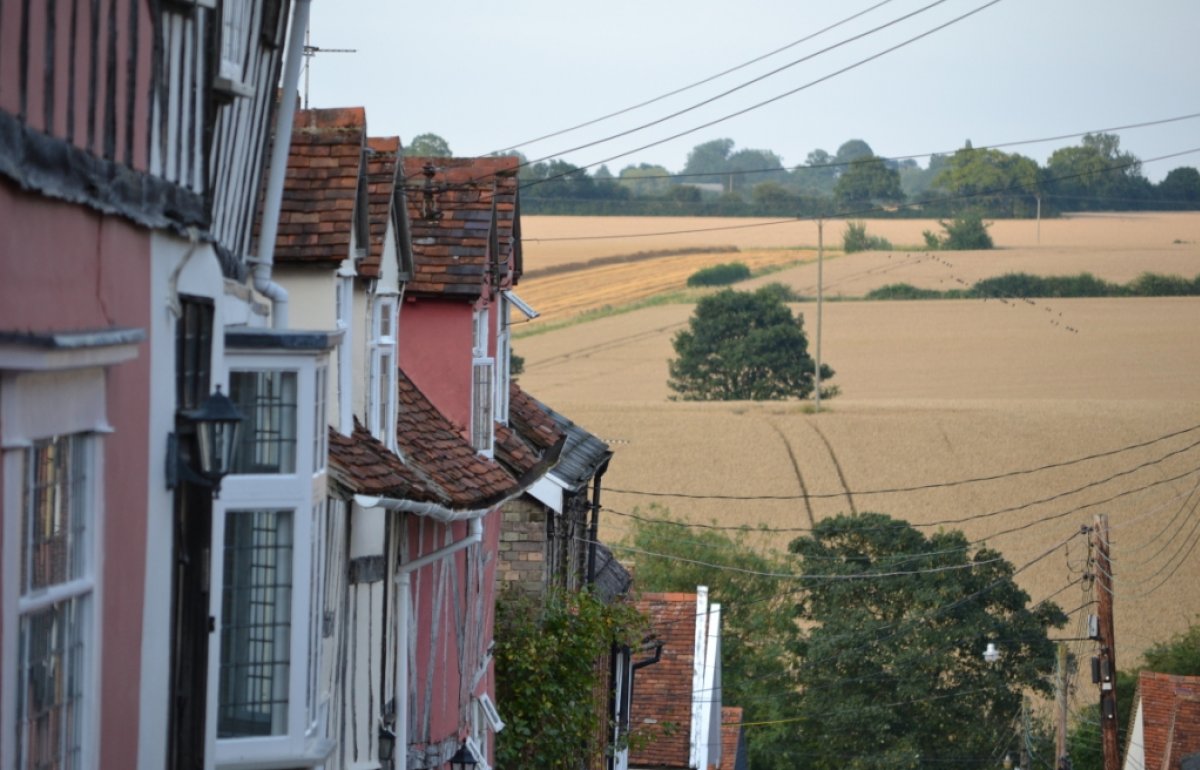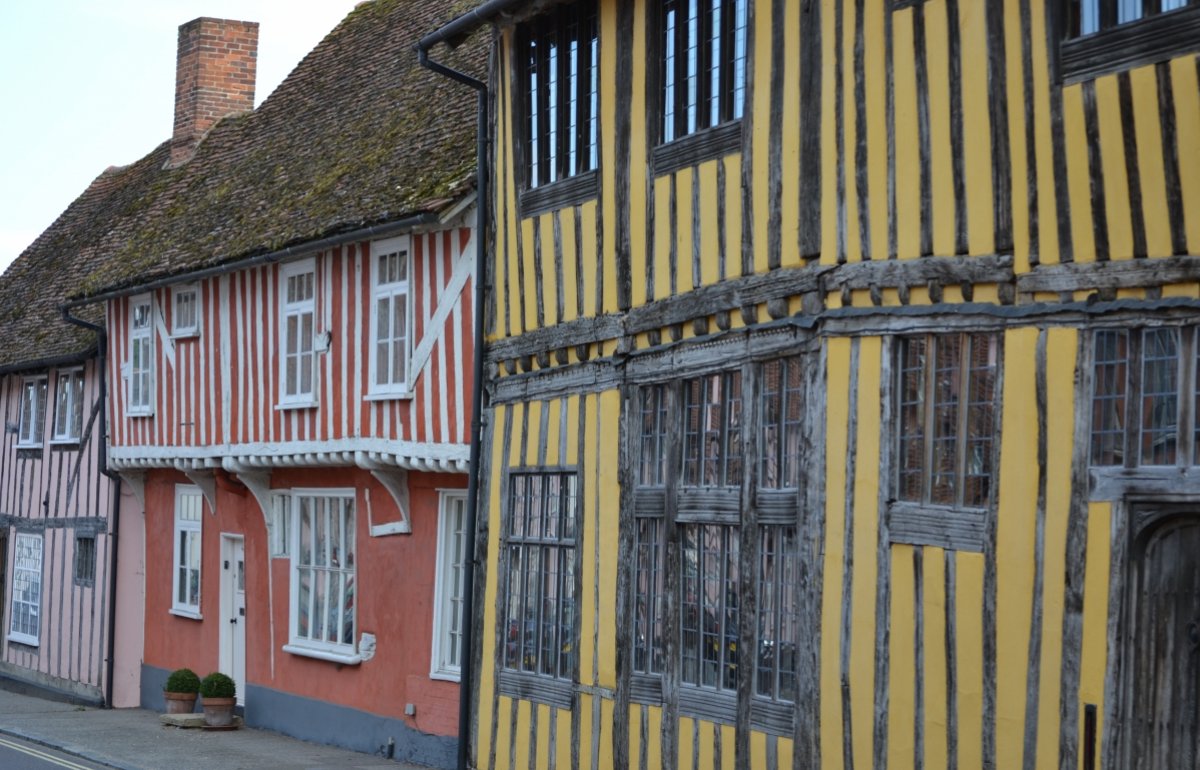Different types of heritage assets
When the SPAB was established in 1877 there was no conservation legislation to speak of which led to some truly sad losses of buildings and monuments. After campaigns by the Society and various other conservation-minded individuals, the first Ancient Monuments Act was introduced which recognised the need for governmental administration on the protection of ancient monuments. This legislative move was attacked in Parliament as “an invasion of the rights of property… in order to gratify the antiquarian tastes of the few at the public expense” By 1930 there were still only 3000 designated monuments and all were unoccupied buildings. Despite the Act, devastating losses and destruction were still occurring. Eventually, a combination of high-profile demolitions and WWII losses emphasised the vulnerability of old buildings and the need to do something. With mounting pressure to protect old buildings, the 1947 Town and Country Planning Act introduced national listing.
Initially, listing was not so much a strict protection as a device for identifying what should be considered in redevelopment plans. Consequently in the 1950s, buildings could still readily be demolished even when listed.
Today we have a much more robust and well-administered system of heritage protection. As part of this system, Historic England and Local authorities designate different types of heritage assets. The following is a short guide to each of those different categories.
Scheduled ancient monuments
A scheduled ancient monument is an historic building or site that is included in the Schedule of Monuments kept by the Secretary of State for Culture, Media and Sport and administered by Historic England. The regime is set out in the Ancient Monuments and Archaeological Areas Act 1979.
The Schedule of Monuments has nearly 20,000 entries and includes sites such as Roman remains, burial mounds, castles, bridges, earthworks, the remains of deserted villages and industrial sites.
A scheduled monument must be in physical terms a monument and its heritage interest must be nationally important in order that it be designated.
A monument is:
- any building, structure, whether above or below the surface of the land, and any cave or excavation
- any site comprising the remains of any such building, structure or work, or any cave or excavation
- any site comprising the remains of any vehicle, vessel, aircraft or other movable structure provided the situation of that object or its remains in that particular site is a matter of public interest
The designation cannot be applied to:
- an ecclesiastical building in ecclesiastical use; or
- a building in use as a dwelling, unless the person living there is employed as a caretaker
Listed buildings
A listed building is a building, object or structure that has been judged to be of national importance by virtue of its special architectural or historic interest. The list is maintained on behalf of the Secretary of State for Culture, Media and Sport by Historic England. For more information on listed buildings see our guidance on listed buildings advice page.
Registered parks and gardens
The Register of Historic Parks and Gardens of special historic interest in England was established in 1983 by Historic England and currently identifies over 1,600 sites assessed to be of particular significance. The register follows the same convention as for listed buildings in that a landscape can be listed at Grade I, Grade II* or Grade II depending on its relative national significance.
The emphasis of the Register is on gardens, grounds and other planned open spaces, such as town squares. The majority of sites registered are, or started life as, the grounds of private houses, but public parks and cemeteries can also be designated.
Registration is a 'material consideration' in the planning process, meaning that planning authorities must consider the impact of any proposed development on a landscape's special character in the same way that they must for listed buildings.
Conservation Areas
A conservation are is an area of the urban or rural built landscape set out, defined and designated by the Local Authority as an area of special architectural or historic interest, the character or appearance of which it is desirable to preserve or enhance. Conservation Areas have been being designated since 1967 and there are now approximately 7,000 conservation areas in England.
The local authority has an obligation to review its designations to determine whether any part or any further part of their area should be designated as conservation areas. It is good practice for the Local Authority to produce a Conservation Area Appraisal to accompany the designation which should set out the character of the area and give reasons for its designation. Alongside this a Conservation Area Management Plan should set out what the Local Authority would consider to be appropriate design for the area.
Conservation areas vary greatly in their nature and character. They range from the centres of historic towns and cities, fishing and mining villages, historic suburbs, model housing estates, country houses set in historic parks, through to historic transport links and their environs.
The special character of these areas does not come only from the quality of their buildings. Elements such as the historic layout of roads and boundaries, trees and green setting and characteristic building and paving materials all contribute to the familiar and cherished local scene.
Designating an area as a conservation area introduces certain planning controls in the form of removing some permitted development rights. There is more detail on this in our heritage protection legislation and Policy explained article.
World heritage sites
The World Heritage Convention 1972, formally known as the Convention concerning the Protection of the World Cultural and Natural Heritage, was adopted by the United Nations Educational, Scientific and Cultural Organisation (UNESCO) and introduced the concept of World Heritage Sites.
The UK adheres to the Convention as a member state of UNESCO. The convention defines and sets out a framework for the identification and designation of cultural or natural heritage sites of outstanding universal value as World Heritage Sites.
There are currently 30 World Heritage sites in the UK all of which are sites, places, monuments or buildings of Outstanding Universal Value to all humanity, today and in future generations. It is UK Government policy that each nomination of a new site to UNESCO must be accompanied by a World Heritage Site management plan to ensure that sites are managed in a sustainable way. All UK sites have management plans in place, which are reviewed regularly.
Whilst there is no legislation that directly protects world heritage sites, the NPPF defines a World Heritage Site as a designated heritage asset. Accordingly, great weight should be given to conservation. Substantial harm to a World Heritage Site’s significance (the heritage aspects of its Outstanding Universal Value) or total loss of the site should be wholly exceptional.
In order to meet UNESCO requirements, a buffer zone to each World Heritage Site should be clearly delineated on a map and have an associated policy to indicate the area where development may adversely affect the setting of the site. The buffer zone can be used to highlight an area where potential impacts need to be given careful consideration by developers and decision-makers.
Locally listed buildings
Local listing is a concept designed to ensure that the historic and architectural interest of buildings that are of local importance but do not meet the criteria for being nationally listed is taken account of during the planning process.
At the time when national listing catagrories were updated from A, B and C to GI GII* GII, those buildings which were in Catagory C were thought not to be of national importance. It was recommended that local authorities transfer them to a local list of architecturally or historically important buildings.
In England and Wales, local authorities are responsible for drawing up lists of buildings that they consider to be of local importance. There is no obligation on councils to have such lists, or to update them regularly when they have them, though it is thought that around half of local authorities have local lists. Local listing can come about through individual designation or though the conservation area review and appraisal process.
Locally listed buildings do not enjoy the levels of statutory protection afforded to nationally listed buildings. However, local listing means that the interest of the building will be at least considered during the planning process. The effect of an application on a non-designated heritage asset is a material consideration when deciding planning applications, and local listing strengthens the case for retention of a historic building.
Historic England information on Wreck Sites and Battlefields



